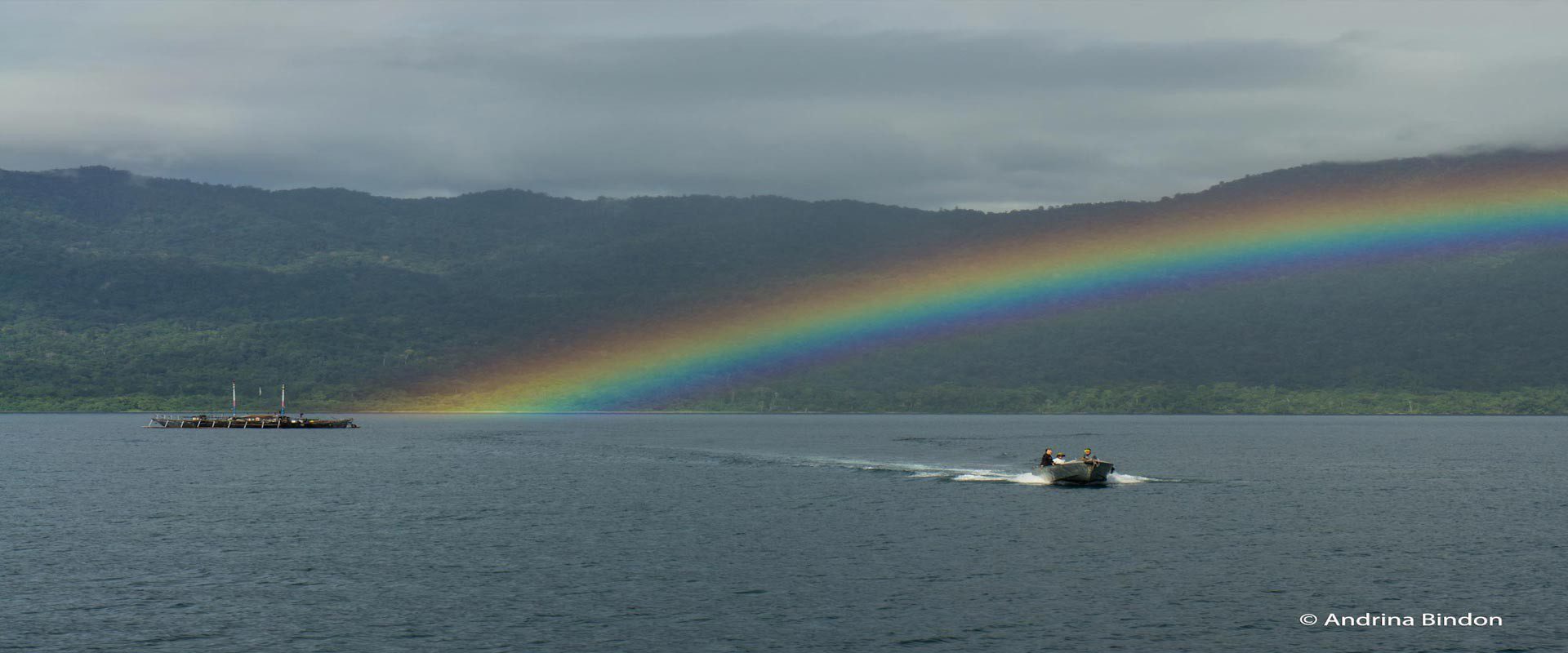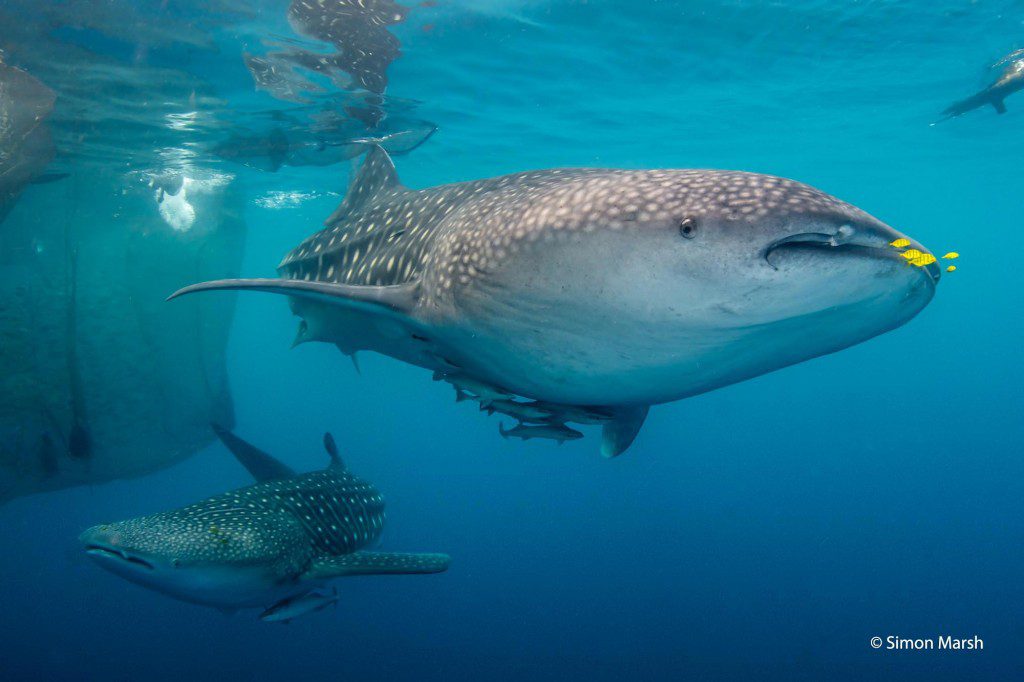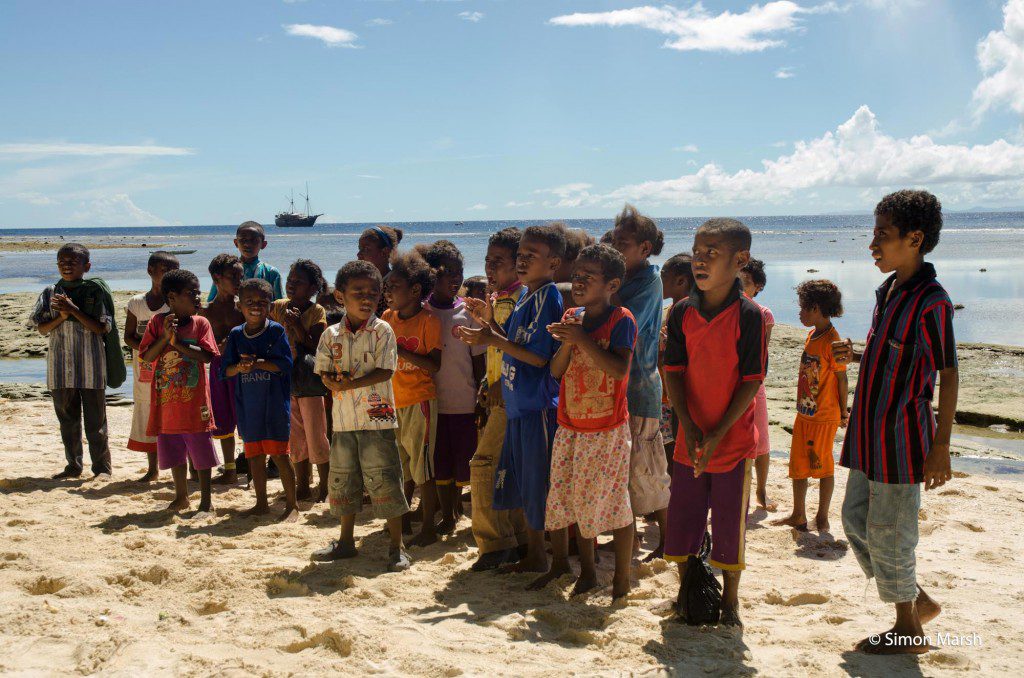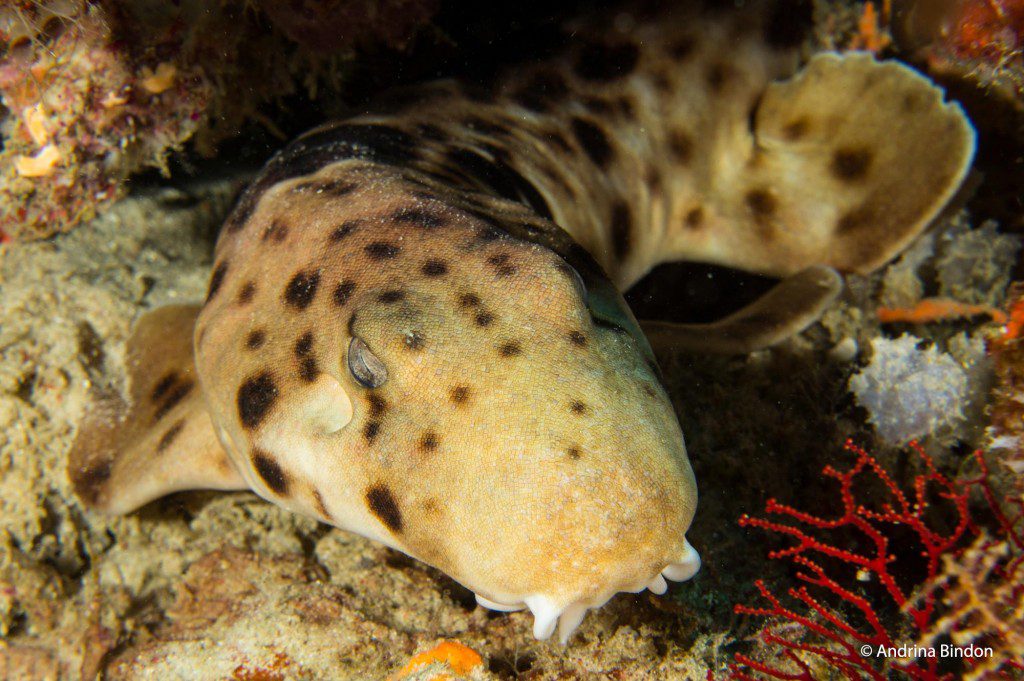Part 1: Introduction to Cenderawasih Bay by Simon Marsh, photography by Simon Marsh and Andrina Bindon
Part 1 Introduction to Cenderawasih Bay
The area of the Bird’s Head Seascape known as Cenderawasih Bay, which includes Indonesia’s largest marine park, lies east and south of Raja Ampat, forming the eastern border of West Papua’s “bird’s head”. While the diving is unique and the area diverse, Cenderawasih has become known for its resident whale shark population. More than any other phenomena, the experience of up close and personal encounters with the resident whale sharks are the biggest draw for liveaboard operators and their guests. Our experiences in the last three years, however, have proved that there is much more to discover about Cenderawasih. In fact, rarely are people still talking about the big animal experience on the last day of their visit. Cenderawasih’s charms are subtle, but they leave a lasting impression.
For any traveler seeking pristine land and seascapes, Cenderawasih satisfies on all levels. The entire area is unspoiled and almost uninhabited. Many of the best diving areas lie on offshore atolls; many are merely white rings of sand surrounded by an azure sea. Few humans venture out to the atolls. The nearest village may be 50 miles away, and the last diver came through many months before. Exotic birds fly across thickly forested slopes that ascend from mainland beaches and trap low fog and dense, moisture-laden clouds.
Cenderawasih’s unique geologic history has resulted in distinctive developments in fish and invertebrate marine species. The bay was isolated several times during the last 14 million years; scientists believe the bay’s isolation periods could total up to a combined 4 million years. Certain species have developed striking color patterns and others occupy different niches than on reefs outside of the bay. This means that even the most experienced diver will likely see endemic species that only inhabit these waters.
The human history of the area is almost as interesting as the geology. In many ways, Cenderawasih’s villages are as isolated as it’s marine life; local people have very little knowledge or experience with the outside world. Most practice subsistence methods of agriculture and hunt when they can. Meeting tourists can be a life event for most villagers, but tourists also benefit from the interaction. During a village visit, tourists can glimpse a bit of traditional life or learn about a particular area’s role in World War II from an elder. Hearing about the depth of local history and tradition is a vital part the full Cenderawasih experience, on par with understanding the area’s natural history.
We’ll discuss the some of the unique aspects of diving in Cenderawasih Bay and elaborate on the human element in subsequent posts.
Simon Marsh and Andrina Bindon, longtime cruise directors at Dive Damai (www.dive-damai.com), are now Damai’s Bali-based Operations Managers.









































